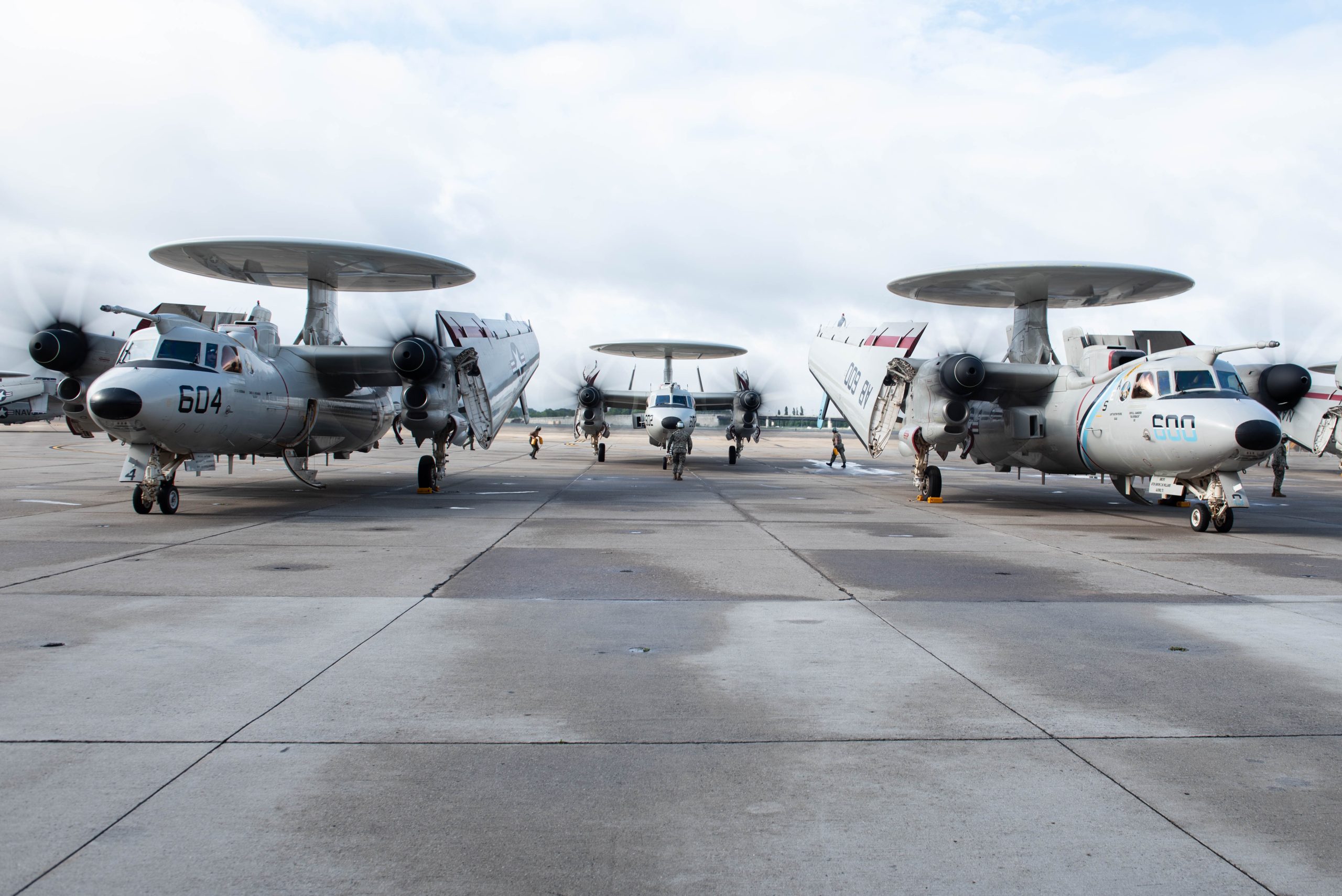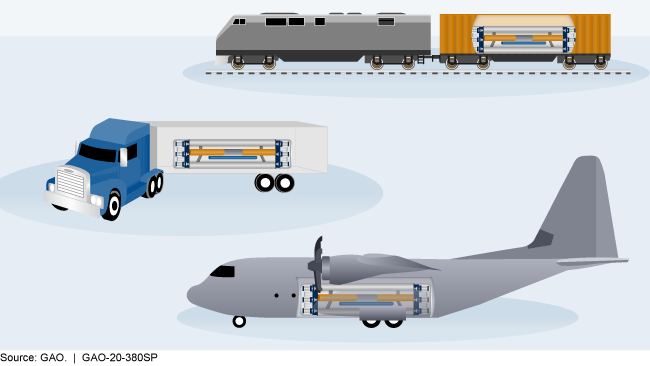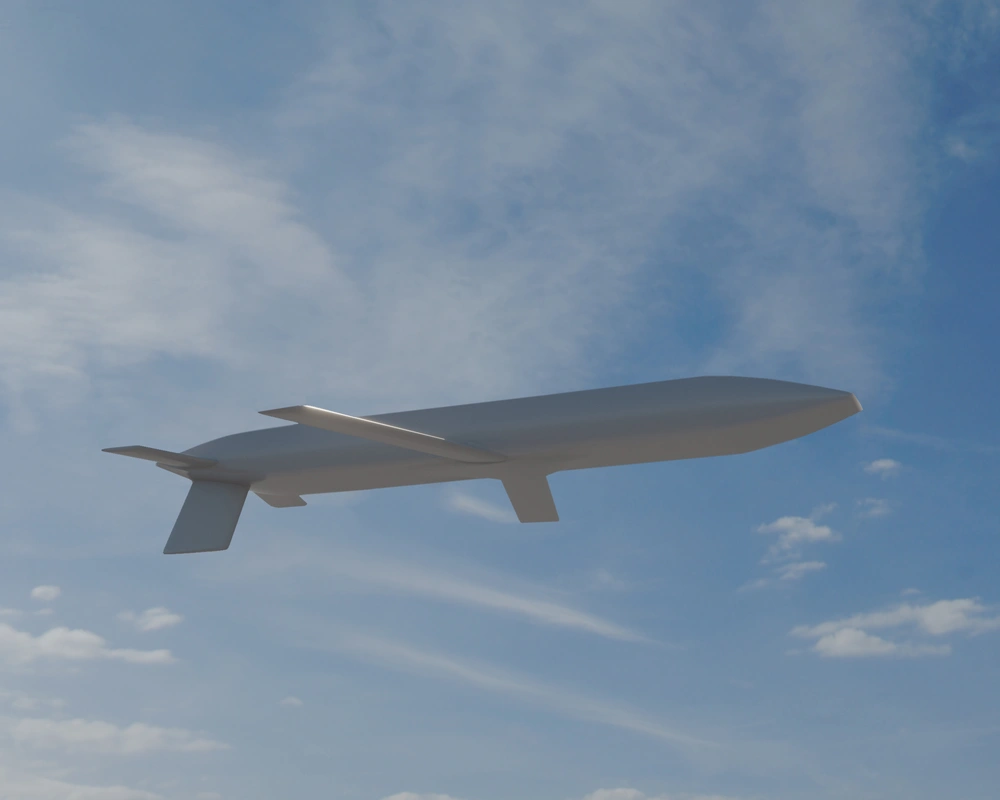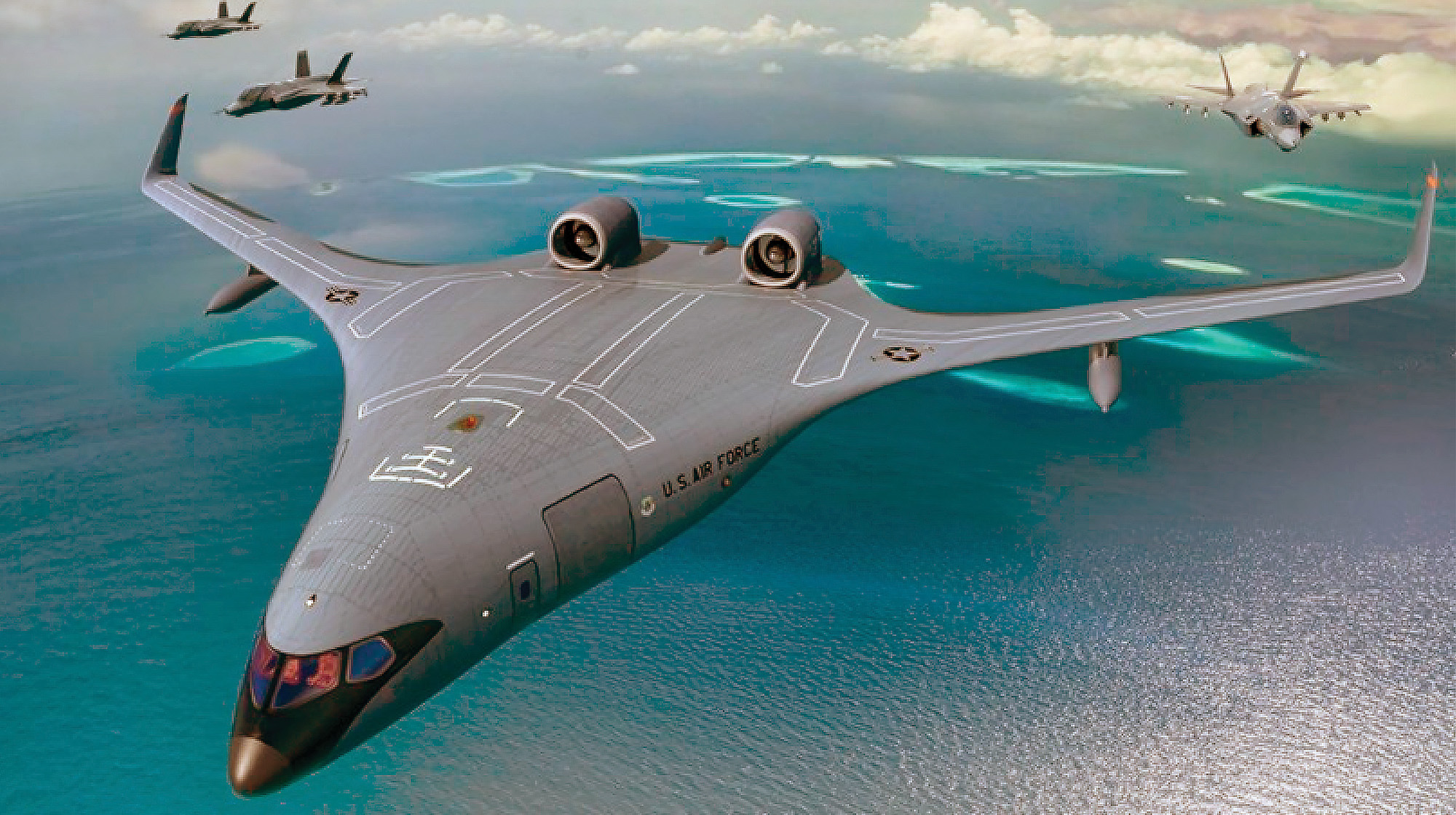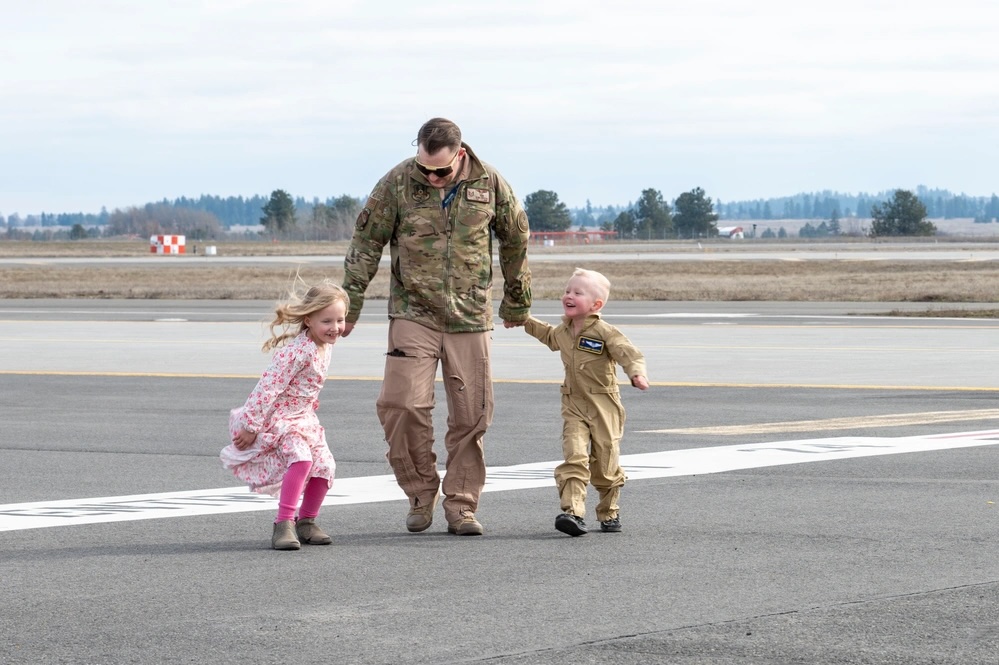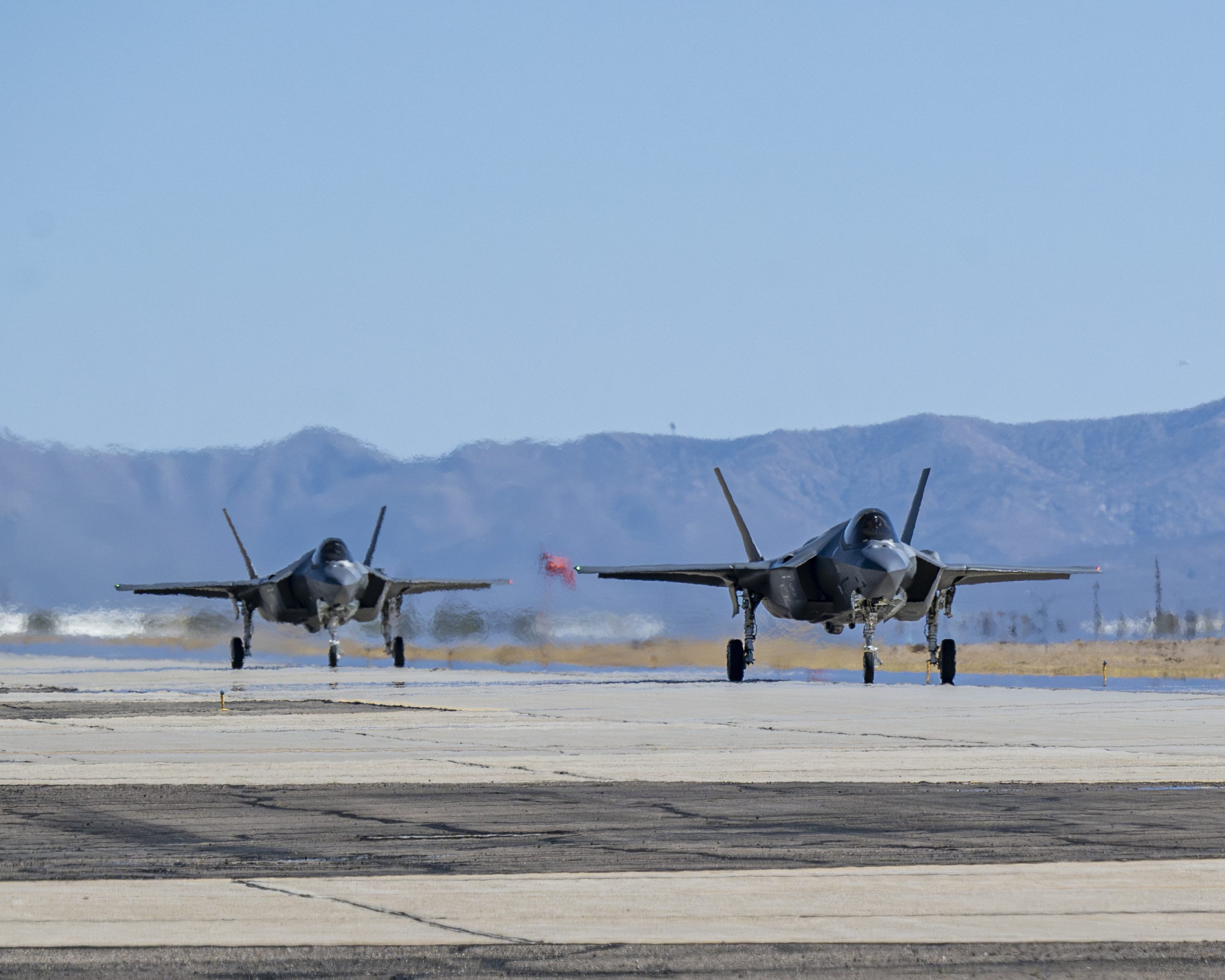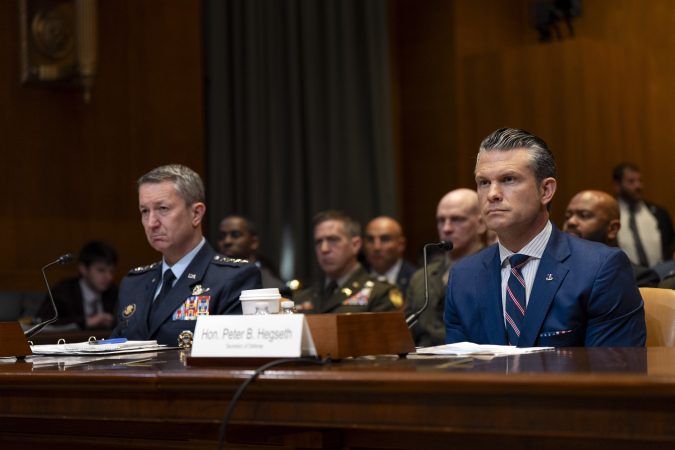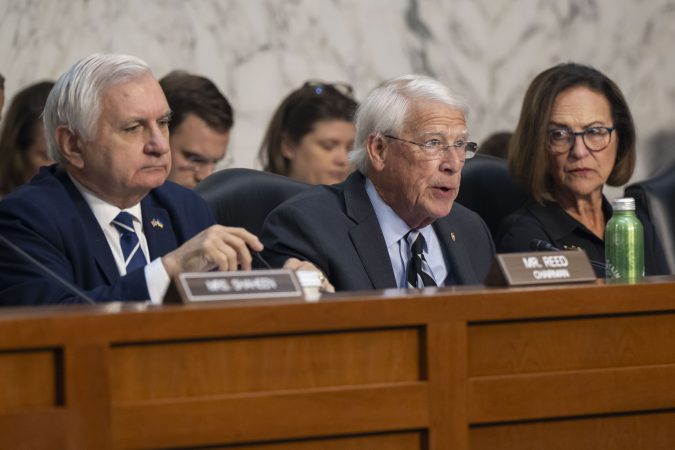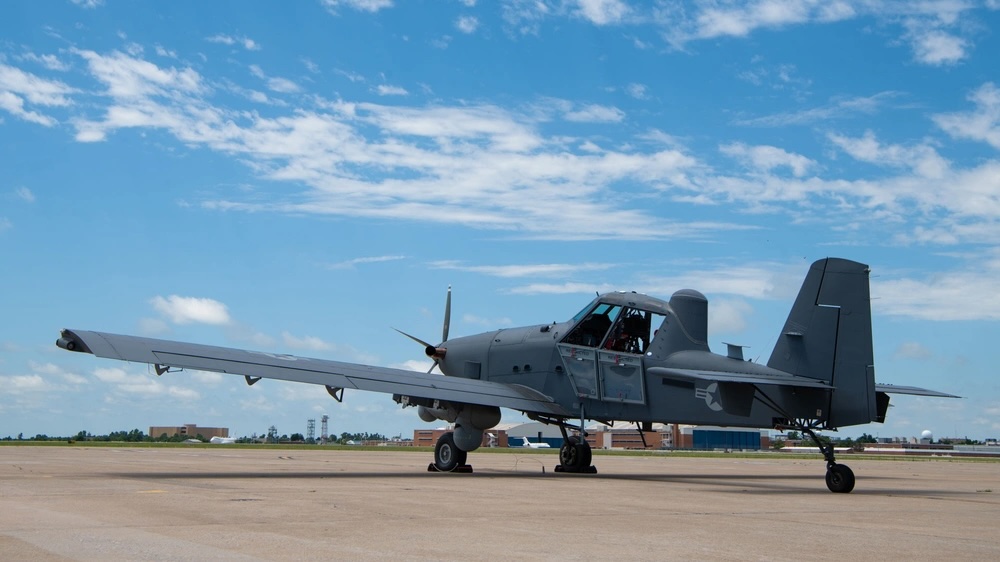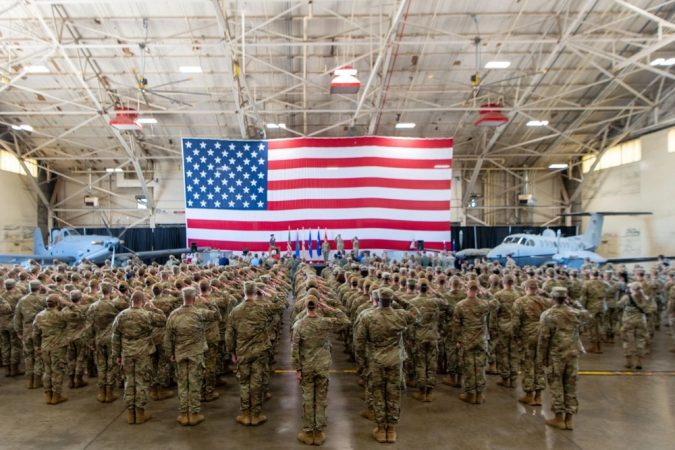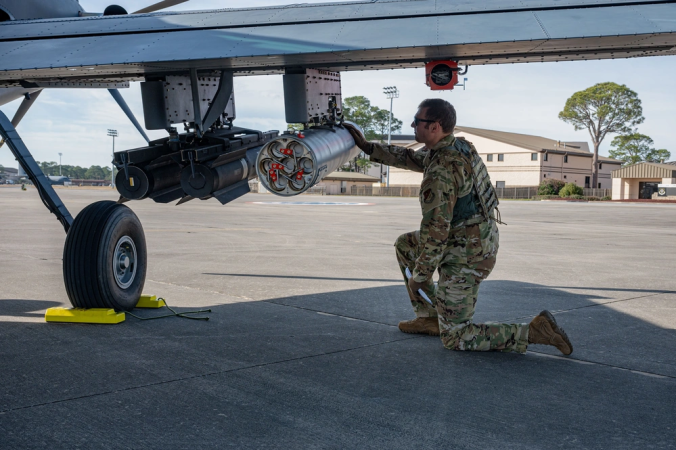The Pentagon is considering ditching the Air Force’s plan to buy the E-7 Wedgetail as it looks to outsource the airborne target-tracking mission to space, defense officials indicated this week.
Ending the E-7 buy is among the difficult choices facing the Pentagon as it charts the 2026 defense budget and beyond, Defense Secretary Pete Hegseth told House and Senate appropriators.
“If we have systems and platforms that are not survivable in the modern battlefield or they don’t give us an advantage in a future fight, we have to make the tough decisions right now,” Hegseth said at a June 10 House defense appropriations hearing. “The E-7 is an example of that.”
The Air Force in 2022 tapped Boeing’s Wedgetail jet to replace the E-3 Airborne Warning and Control System that has tracked enemy aircraft and missiles in flight since the 1970s. Wedgetails, also flown by the Australian and British militaries, are more effective at watching multiple targets at once and more resistant to electronic jamming, among other improvements over the E-3.
Senior Air Force leaders have publicly maintained that the E-7 would offer a boost over the E-3’s capabilities while the service migrates the mission to space. Last year, the Air Force finalized a contract with Boeing to build two Wedgetail prototypes for $2.6 billion, to be delivered in fiscal 2028. The service planned to purchase 26 E-7s overall.
But worries about the airliner-based E-7’s vulnerability to attack, plus prototype design delays and cost concerns, have prompted defense officials to look at other options.
The Wedgetail “was sort of late, more expensive and ‘gold-plated,’” Hegseth told Alaska Republican Sen. Lisa Murkowski at a June 11 Senate defense appropriations hearing. “Filling the gap and then shifting to space-based [intelligence, surveillance, and reconnaissance] is a portion of how we think we can do it best, considering all the challenges.”
A Boeing spokesperson declined to publicly comment on Hegseth’s remarks.
As an interim solution, the U.S. military wants to grow the Navy’s E-2D Hawkeye fleet to perform that mission while it builds a network of space-based sensors that can warn troops of enemy aircraft and missiles and help direct the movement of forces. Hawkeyes would supplement a diminished AWACS fleet, about half of which have already retired with no alternative in place.
The Pentagon’s fiscal 2026 budget request calls for $1.4 billion to buy more E-2s, said Bryn Woollacott MacDonnell, the department’s acting budget chief. It would also spend $150 million to create a joint expeditionary Hawkeye unit with five planes.
Hawkeyes are propeller-powered planes that perform a similar mission for the Navy. Unlike the E-7, Hawkeyes can operate from aircraft carriers and from more austere outposts that can’t support an airliner.
But handing off the airborne warning and control role to the Hawkeye would be a “reckless gamble,” argues Dave Deptula, a retired lieutenant general who runs the Air and Space Forces Association’s Mitchell Institute for Aerospace Studies.
“It would threaten America’s future ability to achieve air superiority, and therefore its ability to succeed in any future peer conflict,” he said. “The planned 26-aircraft E-7 force delivers a multi-theater warfighting capacity that is simply impossible with five E-2Ds.”
Space assets won’t be ready to pick up the load for decades, he added. And even when they are, he said, satellites can’t replace the real-time force management, surveillance, and combat orchestration that troops aboard a jet offer.
The Air Force has grappled for years with the question of whether to replace its aging command-and-control planes with modern jets or to find a way of collecting and sharing the same data that is less vulnerable to attack. Its solution—a vision of a sprawling network of sensors, aircraft, and other equipment that can share information in real time known as the Advanced Battle Management System—is still a work in progress.
Murkowski, who represents an AWACS squadron at Joint Base Elmendorf-Richardson that keeps an eye on Russia and the Pacific, questioned how the piecemeal transition to a new capability might affect military readiness.
“We’re kind of limping along up north,” she said. “The E-3 fleet is barely operational now.”
The AWACS fleet’s mission-capable rate fell to 55 percent in 2024, according to Air Force data. That statistic gauges how much of a fleet can perform at least one of its core missions, plus other metrics like spare parts availability and whether maintainers are trained.
“You’re not going to be able to use more duct tape to hold things together until you put this system in place,” Murkowski said.
House Appropriations Committee Chairman Tom Cole (R-Okla.), who represents the E-3 fleet at Tinker Air Force Base, told Hegseth to carefully consider moving away from a more familiar, proven aerial solution in favor of untested technology that risks wasting billions of dollars.
Congress may force the military to pursue the E-7 if lawmakers disagree that the E-2 and, ultimately, equipment on orbit will suffice.
Air Force officials included $200 million for the Wedgetail in the draft budget, according to news reports, down from $297 million in development funding that last year’s request projected for 2026. The Air Force plans to release its budget request later this month.
In contrast, House appropriators are offering the program $500 million, arguing in draft legislation that missions like early warning require a mix of air and space assets “today and … well into the future.”
“I’m hearing more and more that space offers an answer to every problem,” Cole said June 10. “While I’m optimistic about space-based capabilities, I certainly think platforms like the E-7 offer tremendous capabilities until and, frankly, beyond when space is fully online.”
The Pentagon is willing to continue to review the E-7 program, Hegseth replied.
